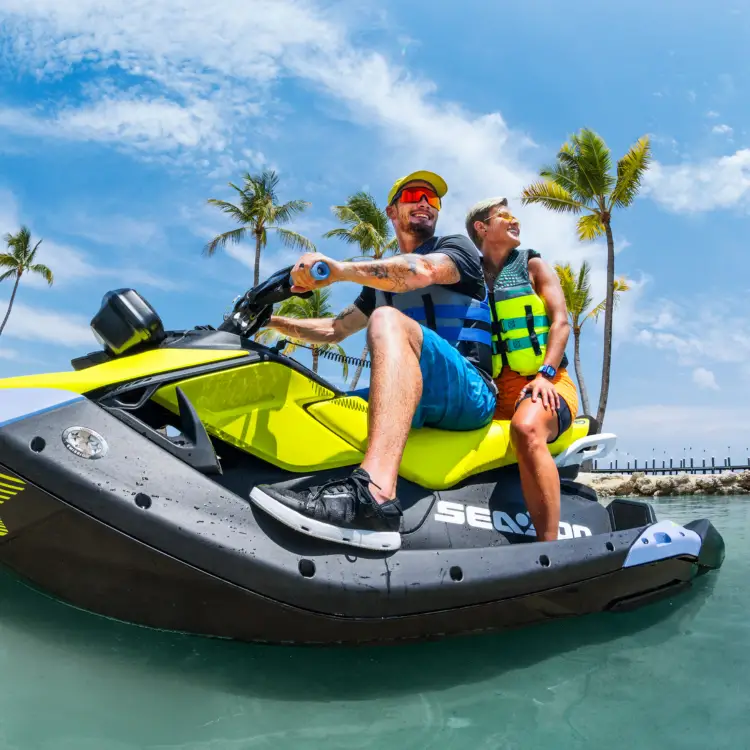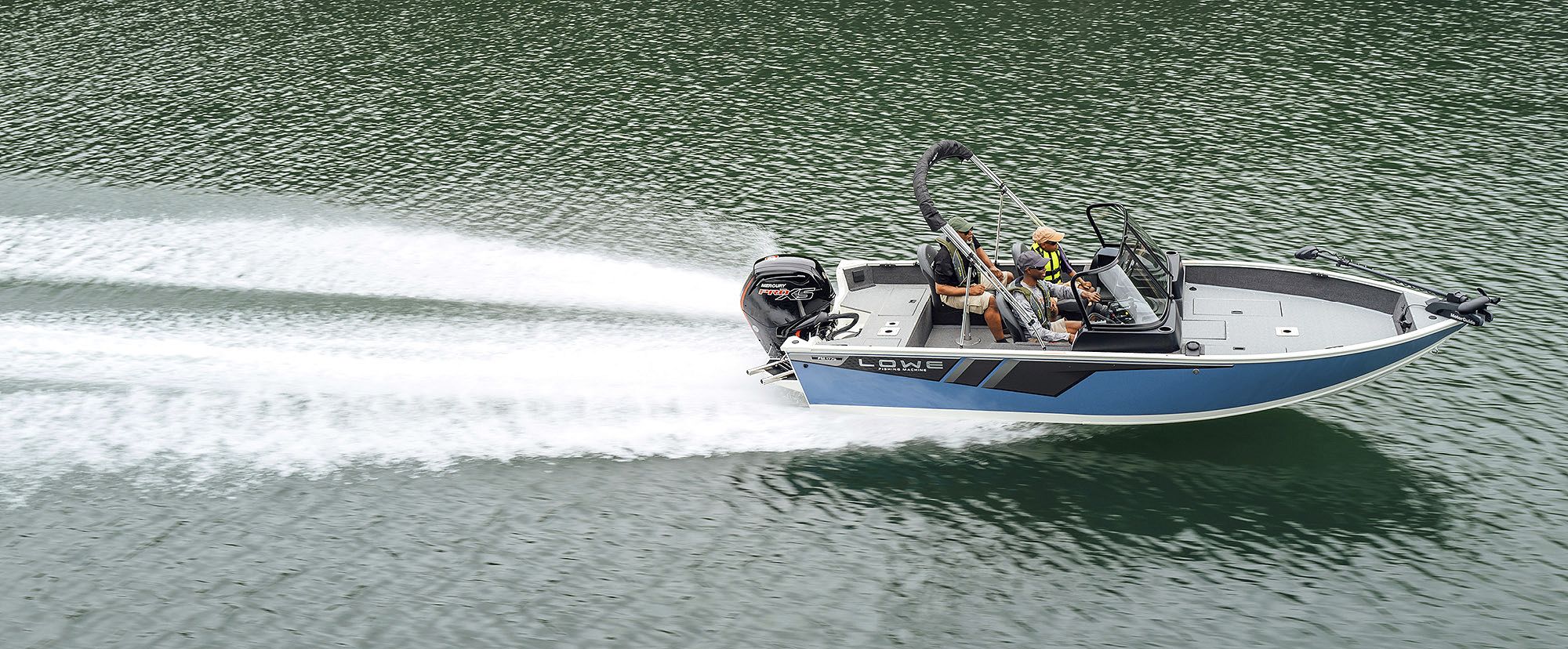What Information is Most Important When Passing Near a Lighthouse? Key Navigation Tips Explained
Navigating near a lighthouse is a crucial skill for any sailor. These towering structures do more than just light up the night; they offer essential guidance and warnings.

Water depth is the most important information to consider when passing near a lighthouse. Understanding the depth helps sailors avoid underwater hazards and ensure safe passage.
Aside from water depth, mariners should note the lighthouse's location, height, and light characteristics. The light signals can indicate safe paths and hazardous areas.
It’s also important to be aware of surrounding terrain and potential hazards like rocks or reefs.

Effective communication with lighthouse authorities is vital for a safe journey. Mariners should know how to interpret radio aids and fog signals, which can provide additional safety information.
By keeping these details in mind, sailors can confidently navigate and enjoy their time on the water.
Key Takeaways
- Water depth is the most important information when near a lighthouse.
- Note the lighthouse's location, height, and light signals.
- Communicate with lighthouse authorities for safety.
Understanding Lighthouses
Lighthouses are essential aids to navigation and serve a critical role in maritime safety. They act as landmarks, guiding vessels and helping prevent accidents.
Role and Importance of Lighthouses
Lighthouses have a long history in maritime navigation. They are used to mark dangerous coastlines, hazardous shoals, reefs, rocks, and safe entry points to harbors.
Each lighthouse has unique light characteristics, such as different colors or flashing patterns, which help sailors identify their location.
Lighthouses often sit on strategic points like capes or islands, which can be tricky for vessels to navigate. They also function as visual landmarks, aiding mariners in confirming their positions relative to charts.
These structures remain crucial despite modern navigation systems, offering a reliable backup in poor weather or when electronic systems fail.
Lighthouses epitomize maritime safety, offering guidance and security for vessels around the world.
Navigating Near Lighthouses
Knowing how to navigate near lighthouses is essential for safe maritime travel.
Determining Lighthouse Location
The location of a lighthouse is critical for sailors. They must refer to nautical charts and GPS systems to accurately determine their position relative to the lighthouse.
Charts often show the exact coordinates and include symbols for buoys and beacons that mark safe passages.
When visibility is low, radar can help in identifying the lighthouse and nearby obstacles. Monitoring notices to mariners and navigational warnings can also provide updates on the status of lighthouses and any changes in the surrounding area.
Interpreting Light Patterns
Lighthouses use different flashing patterns and colors, known as light characteristics, to signal their presence and provide directional information.
Mariners must know the specific patterns of the lighthouses they are approaching. Light range, which is the distance over which the light can be seen, is also an important factor.
These patterns are detailed on nautical charts and in navigational guides.
Recognizing the unique sequences helps sailors identify which lighthouse they see. This is crucial at night or in poor weather conditions when there is limited visibility.
Utilizing Navigational Aids
In addition to lighthouses, various navigational aids assist mariners.
Buoys and beacons often mark safe channels or hazards. Some of these aids have reflective surfaces or lights to make them more visible at night.
Modern navigation technology like GPS supplements these traditional aids, offering real-time location data and helping avoid dangers.
Using a combination of visual aids and electronic tools ensures accurate navigation in all conditions.
Safety Measures
When passing near a lighthouse, it is essential to consider several safety measures. Mariners must be vigilant about maintaining a safe distance, reading environmental conditions, and using the necessary safety equipment.
Maintaining Safe Distance
Mariners should always maintain a safe distance from the lighthouse and surrounding hazards.
Charts will show the depths and nearby hazards, which are critical to avoid running aground.
Specific routes or channels often indicate safe passage routes, and following these marked routes ensures safer navigation.
By keeping an appropriate distance, vessels avoid potential collisions with the lighthouse structure or submerged rocks.
A safe distance prevents dangerous encounters with other vessels that might also be navigating the area. Local regulations might specify required distances to maintain, providing an additional layer of safety.
Reading Environmental Conditions
Environmental conditions around a lighthouse can vary significantly and affect visibility.
Mariners must be aware of factors such as fog, rain, and haze. These conditions can reduce the range at which the lighthouse light is visible.
Checking weather forecasts and using radar can help detect and navigate through low-visibility conditions safely.
Wind speed and current strength are also crucial.
Speed of the current can impact vessel control, making it harder to stay on course.
Understanding these environmental factors helps in adjusting navigation plans accordingly to maintain safety.
Using Safety Equipment
Essential safety equipment includes Personal Flotation Devices (PFDs), fire extinguishers, and carbon monoxide detectors.
Each member on board should wear a PFD, especially when conditions are rough.
Sound-producing devices like horns or whistles are vital for signaling in low visibility or emergency situations.
Fire extinguishers should be accessible and regularly checked.
Carbon monoxide detectors help prevent poisoning, especially in enclosed cabins.
Keeping this equipment in good condition ensures immediate response in emergencies.
Specific Characteristics of Lighthouses
When passing near a lighthouse, understanding its specific characteristics is crucial. The two main areas of focus are light color and intensity, as well as the signal and sound signals used by the lighthouse.
Identifying Light Color and Intensity
Lighthouses use different light colors and intensities to signal their presence and provide navigation information. These signals follow a standardized pattern globally.
Lighthouse lights can be white, red, or green. Each color has a specific meaning.
White lights generally indicate safe water. Red or green lights are used to mark channels or hazardous areas.
Light intensity can vary. Higher intensity lights are generally used in open seas, while lower intensity lights are found near coasts.
Mariners need to recognize these differences to ensure safe navigation.
Understanding Signal and Sound Signals
Lighthouses also use signal and sound signals to aid navigation, especially in poor visibility conditions like fog or storms.
Signal patterns vary but typically flash at regular intervals. These intervals help identify the specific lighthouse. For example, a light flashing every 5 seconds might be identified on navigational charts.
Sound signals, such as foghorns, are essential when visibility is low.
These signals also follow specific timing patterns that identify the lighthouse. Mariners listen for these distinct sounds to confirm their location and navigate safely.
Practical Applications for Mariners
Mariners need to be aware of various factors when passing near a lighthouse. These include navigating shallow waters, avoiding hazards, and using lighthouse signals for orientation.
Navigating Shallow Waters and Hazards
Shallow waters can be dangerous for boats. Mariners should check water depth to avoid running aground.
Hazards like rocks and strong currents need careful attention. Using nautical charts can help spot these dangers before encountering them.
Strong tidal currents can also pose a challenge. Knowing the tidal schedule can help with planning a safer route.
Mariners should use depth sounders and GPS systems to monitor their position and depth continually.
Keeping clear of underwater obstacles is key.
Pay attention to buoy markings that signal hazards near lighthouses. This vigilance ensures safe passage and protects the vessel from damage.

Orienting with Lighthouse Signals
Lighthouses serve as critical navigational aids. They emit light signals which help mariners determine their position and course.
Each lighthouse has unique characteristics, like light color and flashing patterns.
Knowing these traits helps mariners identify specific lighthouses.
The geographical location of a lighthouse is essential for orientation.
Mariners should cross-check their position with the lighthouse's coordinates on a chart. This helps confirm they are on the right path.
Using these signals, mariners can navigate through tricky areas with confidence.
Radio communication with coast guards or looking up recent sailing reports can provide additional guidance if needed.
Properly understanding and using lighthouse signals ensures sailors maintain a clear and accurate course, especially during low visibility conditions or night-time sailing.
Lighthouse Infrastructure
Lighthouse infrastructure involves various components such as the types of structures used, their height, and the impact on their light range. These elements are crucial for the functionality and navigation assistance provided by lighthouses.
Types and Structures of Lighthouses
Lighthouses come in different forms. Traditional tower lighthouses are built to withstand severe weather. They're often cylindrical and made of stone or concrete. Some might be metal or wood in certain regions.
Skeletal lighthouses use a framework of metal beams, offering stability with less material. These are common in areas where saving on material is important.
In port areas, harbor lights are smaller. These lights are vital for guiding ships through busy waters.
Range lights work in pairs. One light is placed higher and further inland, while the other is lower and nearer to the water. Together, they help ships align correctly when navigating narrow channels.

Height and Range Impact
Taller lighthouses can project their light further. This is due to the curvature of the Earth—the higher the light, the further it can be seen.
The range of the light also depends on its brightness and the lens used. Modern lighthouses often use powerful electric lamps with Fresnel lenses to maximize visibility.
Weather conditions can affect visibility. Foggy areas may have lighthouses with foghorns to guide ships when the light isn't visible. In clear conditions, some coastal lighthouses can have a range of over 20 miles.
Lighthouse keepers used to play a key role in maintaining these structures, ensuring lights were always functional. Today, many lighthouses are automated, yet they continue to use the principles of height and bright light range to aid in navigation.
Recreational Activities
When near a lighthouse, various recreational activities can be enjoyed, from water sports to exploring the lighthouse itself. Knowing the right etiquette and safety information can enhance the experience.
Water Sports and Lighthouse Vicinity
Water sports in the vicinity of a lighthouse include scuba diving, snorkeling, canoeing, and kayaking.
- Scuba diving and snorkeling offer a chance to explore underwater life and sometimes shipwrecks near coastal areas.
- Canoeing and kayaking allow adventurers to paddle close to the shoreline, providing unique views of the lighthouse.
- Waterskiing should be done with caution due to potential underwater hazards and boat traffic.
Safety Tips:
- Always check the weather conditions.
- Stay aware of the lighthouse's location and any nearby rocks or shallow areas.
- Use proper safety gear, including life jackets and diving equipment.
Lighthouse Tourism and Preservation
Lighthouse tourism includes visiting and sometimes climbing the structure, learning about its history, and understanding its role in navigation.
Visitors can join guided tours to gain in-depth knowledge about the lighthouse's history and importance. These tours often include access to the lantern room, which offers panoramic views.
Preservation Efforts:
- Many lighthouses are maintained by local organizations or historical societies.
- Visitors can support these efforts by donating, volunteering, or participating in fundraising events.
Activities:
- Photography and sketching
- Educational programs about maritime history
Respect for these historic landmarks ensures their preservation for future generations.
Technological Advancements
Technological advancements have greatly enhanced the safety and efficiency of navigating near lighthouses. Modern navigation aids and integration with global positioning systems (GPS) play a crucial role.
Modernization of Navigation Aids
Traditional lighthouses have been equipped with advanced technologies like LED lighting and automated systems. LED lights are more energy-efficient and provide brighter signals, making them visible from greater distances.
Lighthouses now use radar and VHF radio to communicate with vessels, offering real-time updates on weather conditions and hazards. These updates help mariners make informed decisions, reducing the risk of accidents.
Automated systems ensure that signals are consistent and reliable, even in adverse conditions. These systems are designed to operate with minimal human intervention, enhancing safety and efficiency.
Integration with Global Positioning Systems
Lighthouses are now integrated with GPS technology, giving mariners precise information on their location. This helps in plotting safe courses and avoiding obstacles. GPS data can be combined with lighthouse signals for accurate navigation.
In conjunction with GPS, digital charts and electronic navigation systems enhance situational awareness. Mariners can view real-time data on their instruments, which are continuously updated to reflect current conditions.
The integration of sensor data from GPS, radar, and other sources enables predictive analytics, forecasting potential hazards and suggesting safer routes. This seamless integration ensures that navigation near lighthouses is both safe and efficient.
Frequently Asked Questions
Safe navigation near lighthouses requires understanding signals, recognizing hazards, and knowing the role of these structures in maritime travel. Here are some common questions mariners might have about navigating near lighthouses.
Why is understanding lighthouse signals crucial for mariners?
Lighthouse signals convey essential information like danger zones, safe channels, and proximity to the shore. Mariners rely on these signals to avoid collisions and groundings. Different patterns and colors of light help identify specific lighthouses.
What should boaters be aware of when navigating near lighthouses?
Boaters should be aware of the lighthouse's location, the surrounding terrain, and any nearby hazards. They should also know the light characteristics of the lighthouse, including its range and visibility. Following marked routes can help ensure safe passage.
How can lighthouse beacons affect maritime navigation?
Lighthouse beacons guide ships by marking dangerous coastlines, hazardous shoals, and safe entry points to harbors. These beacons improve nighttime visibility and provide reference points for navigation, especially in poor weather conditions.
What role do lighthouses play in ensuring safe passage?
Lighthouses play a key role in preventing accidents by signaling mariners about dangerous areas and guiding them through safe routes. They also serve as landmarks for maritime travel, helping captains plot their courses accurately.
What types of signals are provided by lighthouses for passing vessels?
Lighthouses use various signals such as fixed, flashing, and occulting lights. These signals help mariners determine their position and navigate away from danger. The color, pattern, and timing of these lights are standardized for easy recognition.
How does the positioning of a lighthouse aid in maritime travel?
The strategic placement of lighthouses ensures they are visible from long distances. They mark crucial points like harbor entrances and perilous areas.
This positioning aids in creating a navigational network that supports safe and efficient maritime travel.
Charlie is Editor-in-Chief of Sea Magazine







